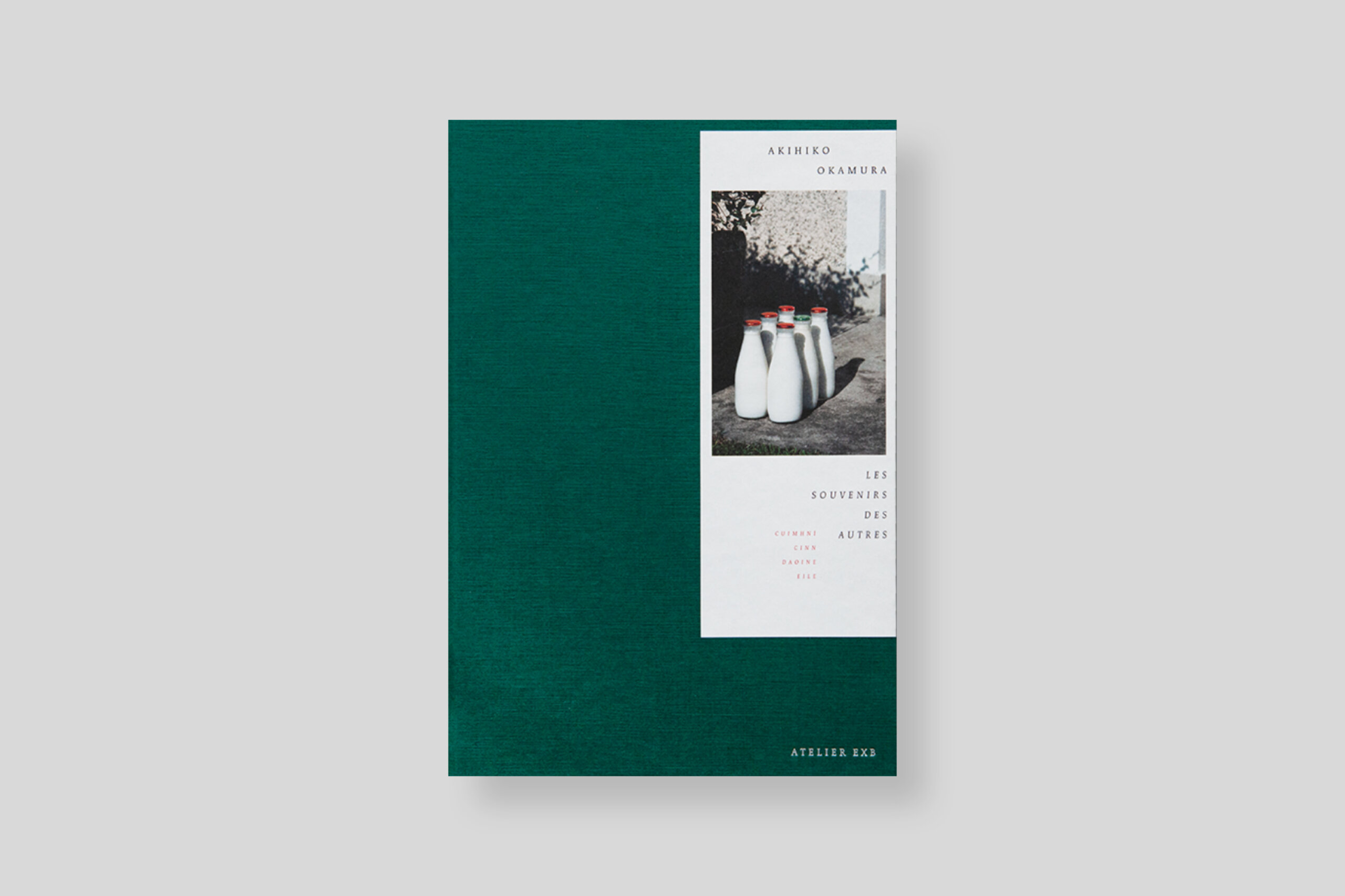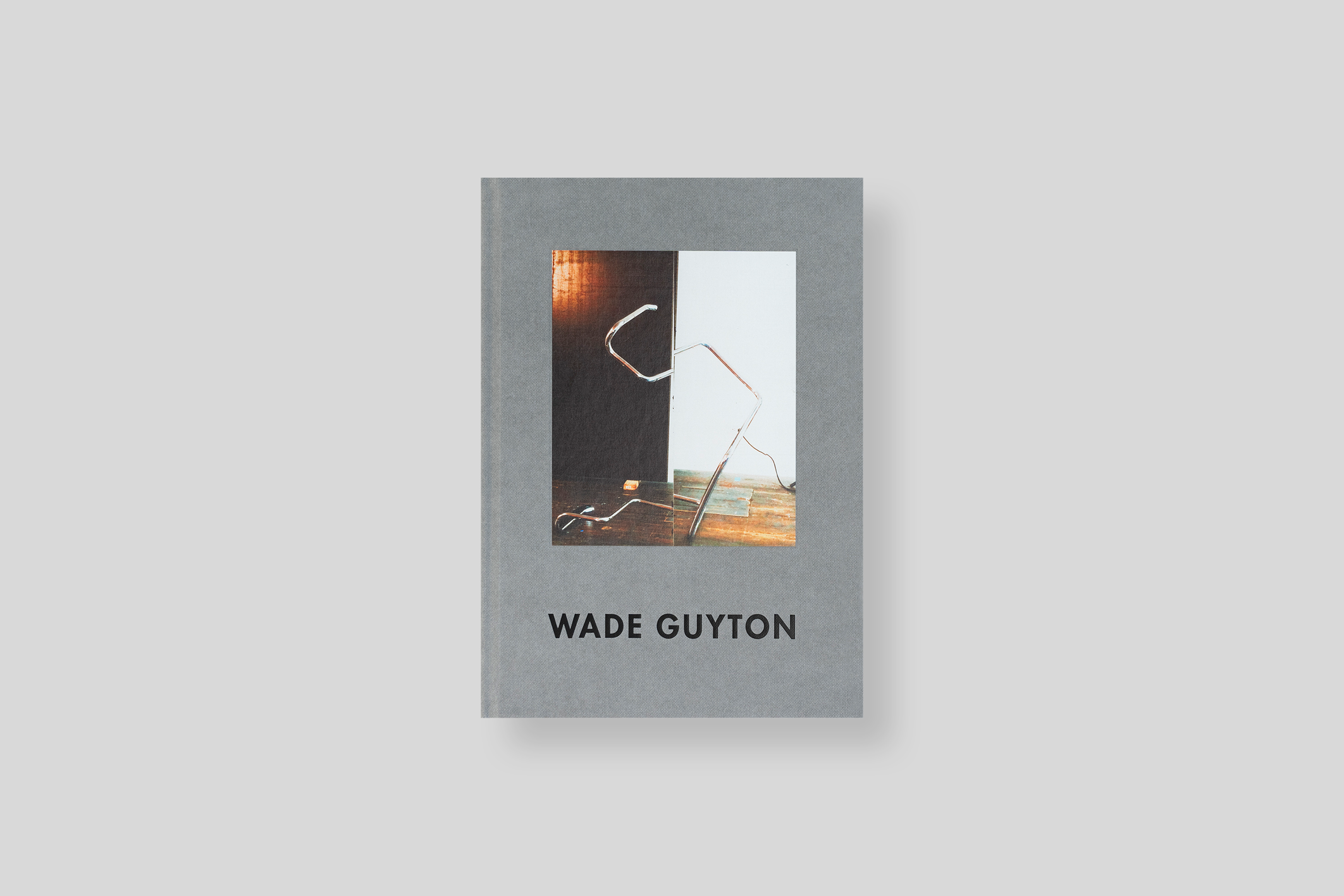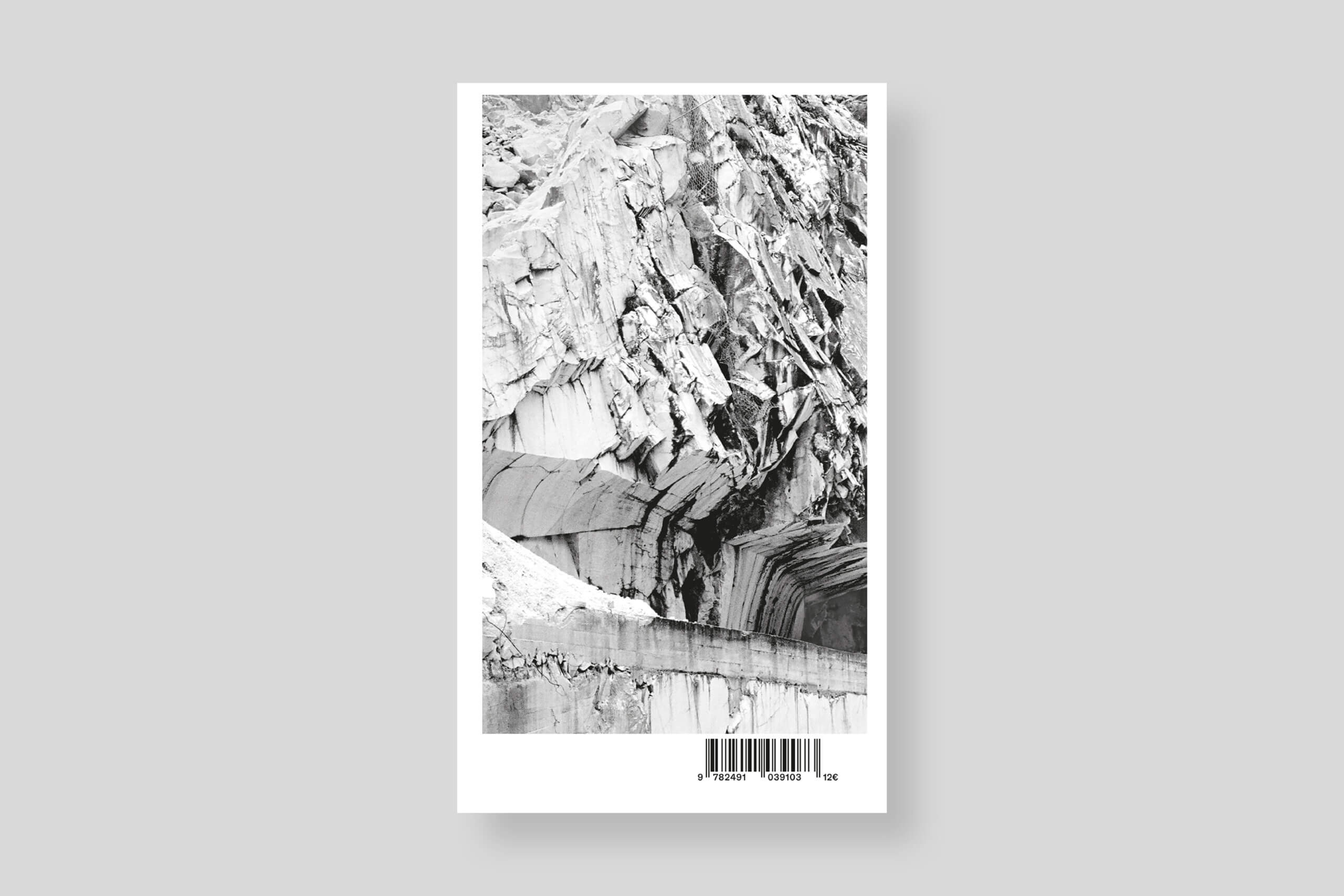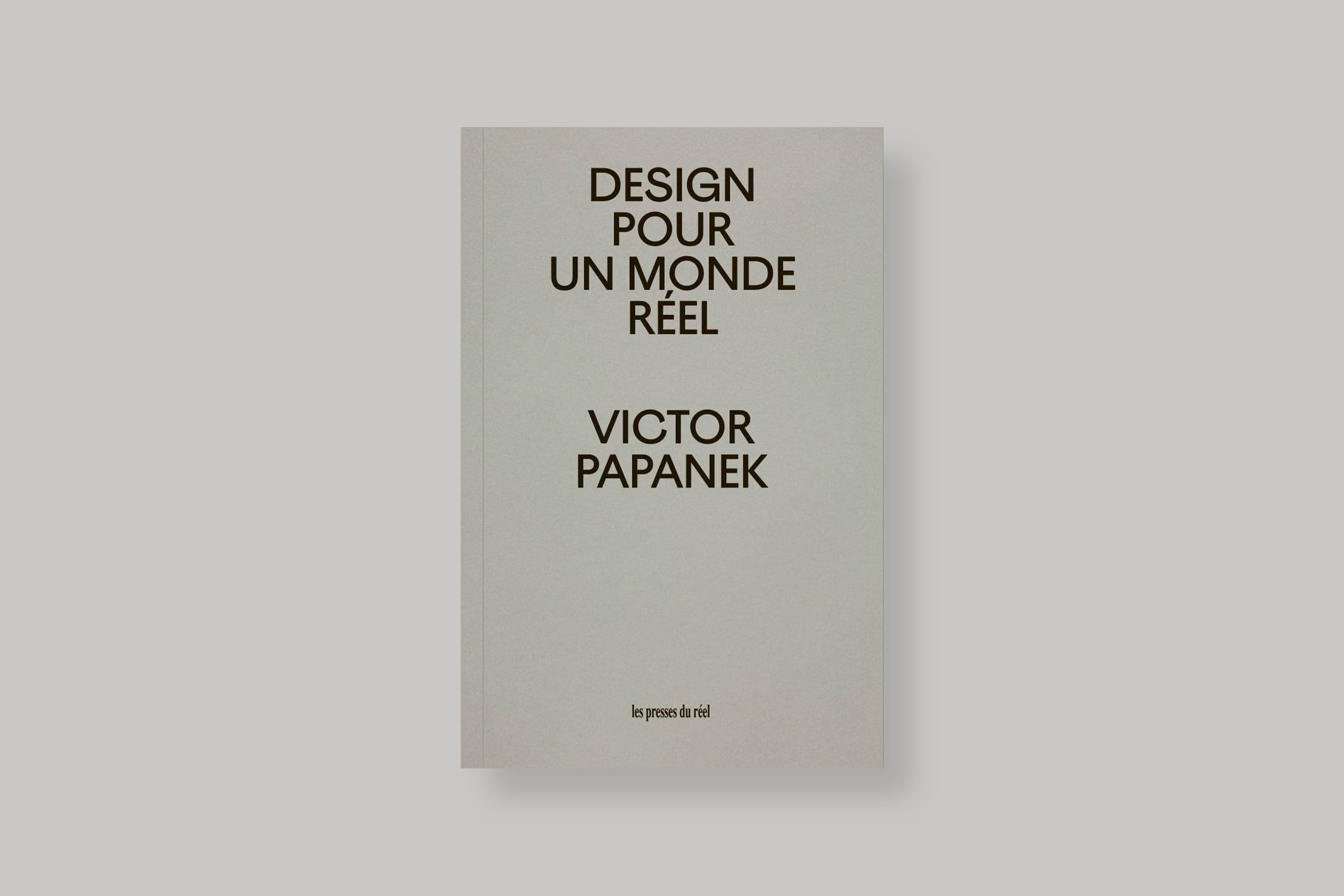
Les souvenirs des autres
49,00€



In stock
Standard delivery 3 to 7 days
Les Presses du Réel / Caryatide
Publication date : 2023/04/01
Weight 156 g / Dimensions 10.5 x 15 cm / 240 pages
ISBN 9782378964306
The first collection of writings and speeches in French by Adriano Olivetti (1901-1960), an Italian entrepreneur and publisher who transformed his writing and calculating machine factory into a laboratory for experimenting with a new model of social, political, and cultural life: a model of “concrete utopia” based on the idea of community and centered on the individual, whose instruments of realization are architecture, urbanism, and design.
The work aims to introduce the French public to the figure of Adriano Olivetti, an entrepreneur-intellectual who, through his typewriter factory, worked for a renewal of Italian society and culture after the Second World War.
Architecture—of factories, social services, collective activities— design—of typewriters or calculating machines—art—of artists, writers, graphic designers that Olivetti involved in his projects—are the elements that help to improve the life of the factory and the community, bringing quality, beauty, dignity. Olivetti’s activities radiate from Ivrea, a town close to the French border and which has recently been included by UNESCO in the World Heritage List as an example of “Twentieth century industrial town”.
The texts were composed by Olivetti on particular occasions, some of which were then collected by Olivetti himself in an anthology in 1960 and reissued recently by Edizioni di Comunità , the publishing house he had founded in 1946. Olivetti’s thinking, which the selected texts exemplify, is still at the centre of debate today in Italy and other countries because of the original- ity of its objectives and the breadth of its goals, which aim to bring together all aspects of human life.
This book consists of a collection of Adriano Olivetti’s writings and speeches, organised in three sections: the factory and the community, work and its ends, architecture and town planning. In order to provide a historical framework and illustrate the topi- cality of Olivetti’s thought, the texts are preceded by an introduction by a historian and architecture critic, Fabio Gallanti, director of the Arc en reve museum in Bordeaux, who introduces Olivetti’s thought and activity, illus- trating it in its historical and cultural context and proposing its most original and topical aspects. An afterword by the president of Edizioni di Comunità, Beniamino de’ Liguori Carino, will illustrate the project of keeping alive and disseminating the cultural heritage that Adriano built.

Les souvenirs des autres
49,00€

Wade Guyton
35,00€

La théorie du diamant et le projet d’architecture
12,00€

Design pour un monde réel
24,00€